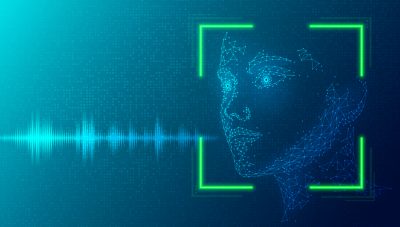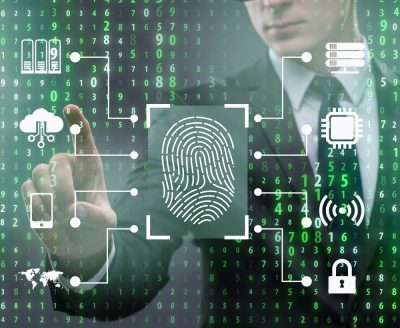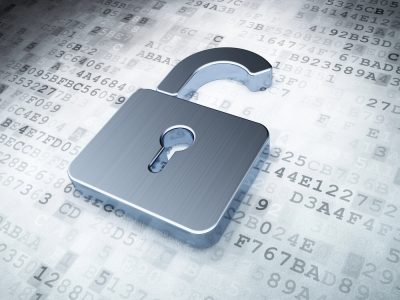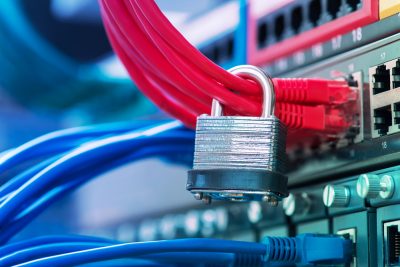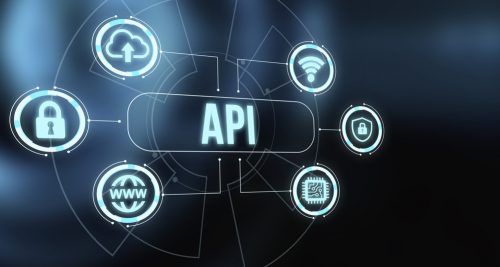How IoT devices are shaping the future of insurance risk assessment
The Internet of Things is revolutionizing almost every aspect of modern life, from smart homes and wearable devices to connected cars and industrial automation. And the insurance sector is no exception.
The number of IoT devices worldwide is projected to nearly double from 15.9 billion in 2023 to over 32.1 billion by 2030. But how are the 5,900 US insurance companies using these IoT devices to stay competitive in this data-driven era? Let’s get into it.
Why IoT devices are powerful tools for risk assessment
IoT devices are becoming increasingly powerful tools for risk assessment in the insurance industry. By generating vast amounts of real-time data, these devices provide insurers with a more comprehensive understanding of policyholders’ behaviors and environments. This data can be used to:
- Identify and mitigate potential risks: IoT devices can detect early signs of hazards, such as water leaks, fire, or security breaches. By alerting insurers to these risks, proactive measures can be taken to prevent losses.
- Improve pricing accuracy: IoT data can help insurers develop more accurate pricing models. For example, telematics devices in cars can track driving habits, allowing insurers to offer personalized rates based on driving behavior.
- Enhance customer satisfaction: IoT-enabled devices can provide customers with personalized services and support. For instance, smart home devices can monitor energy consumption and provide recommendations for reducing costs.
- Facilitate fraud detection: IoT data can help identify fraudulent claims by providing evidence of policyholder behavior or environmental conditions.
A deeper look – automotive sector use case
The potential for IoT devices to revolutionize risk assessments in the automotive insurance industry is immense. As IoT technology advances, cars are becoming increasingly equipped with powerful IoT sensors and connectivity. This trend is expected to accelerate, with newer car models featuring even more sophisticated IoT capabilities.
Telematics devices, for example, can track a driver’s speed, acceleration, braking, and even their location. This data can be used to identify risky driving habits and reward safe drivers with lower premiums. For example, let’s say a driver consistently speeds or brakes harshly. Insurers can then use this data to analyze patterns. Do drivers who behave like this tend to have more accidents? Are they more likely to get tickets? Logic would tell us, yes, but IoT removes the guesswork and gives us a definitive answer. By identifying these correlations, insurers can more accurately assess risk and adjust premiums accordingly – in this case, higher premiums.
And of course, the opposite is also true. A driver who maintains a steady speed, avoids sudden braking, and follows traffic laws may qualify for a discount on their insurance premium.
Here’s the bottom line. Vehicles are complex machines, and humans are even more so. But when it comes to monitoring, there’s no shortage of possibilities. IoT sensors can analyze almost every aspect of vehicle health and driver behavior, providing data that can inform highly accurate risk assessments. This, in turn, helps insurance companies make more precise forecasts and offer more personalized premiums.
Here are some examples of IoT data we can leverage in the automotive sector:
- Predictive maintenance: IoT sensors can monitor vehicle health in real time. By identifying potential issues like engine problems, tire pressure imbalances, or brake wear before they lead to breakdowns or accidents, insurers can offer discounts to drivers with well-maintained vehicles.
- Tire Pressure Monitoring Systems (TPMS): TPMS will become even more sophisticated, providing more accurate tire pressure readings and alerts. Insurers can use this data to assess risk and offer discounts to drivers who maintain proper tire pressure.
- Advanced Driver Assistance Systems (ADAS): ADAS features like lane departure warning, automatic emergency braking, and adaptive cruise control will become more common in vehicles. Insurers may offer discounts to drivers who have cars equipped with these safety features.
- Black box event recorders: Black box recorders will continue to evolve, providing more detailed information about accidents and driving behavior. Insurers can use this data to determine fault, adjust premiums, and improve safety initiatives.
IoT data could also help us uncover new patterns that we weren’t necessarily searching for. These are just hypothetical examples, but they highlight the power of comprehensive IoT data. We could discover that certain times of day are statistically safer for driving. Or, perhaps drivers who frequently take long trips without incidents are inherently better at maintaining safety over extended periods.
We might also find that certain routes are statistically safer than others, leading to potential discounts for consistently choosing those routes.
Of course, the automotive industry is just one sector. We will see similar trends in home insurance, with IoT data for things like smart thermostats, security systems, and water leak detectors. Similarly, in health insurance, wearable devices can track heart rate, steps, and sleep patterns, helping insurers assess health risks and offer personalized wellness programs.
The future of IoT and insurance
IoT is increasingly intersecting with other cutting-edge innovations. Artificial Intelligence (AI) and Machine Learning (ML) are perhaps the two with the greatest potential impact on insurance risk assessment. With AI and ML algorithms, insurers can analyze vast amounts of IoT data to identify patterns and trends that humans may overlook. These predictive analytics can enable more accurate risk modeling, leading to more precise pricing and better risk management strategies.
And then there’s blockchain and 5G. Blockchain technology can enhance data security and transparency by storing IoT data on immutable databases. These databases are distributed across a network of computers, making it extremely difficult for hackers to tamper with or manipulate the data. Each new piece of data is added to a block, which is then cryptographically linked to the previous block. This creates a chain of blocks, or a blockchain, that is virtually impossible to alter without compromising the integrity of the entire chain. Blockchains can inspire more trust in insurance companies.
5G networks, with their low latency and high bandwidth, will enable real-time data transmission and analysis, allowing more responsive and personalized insurance services.
Lastly, IoT devices can improve the customer experience. For example, IoT-enabled devices can provide transparent pricing and usage-based insurance models, giving customers greater control over their insurance costs.
Final thoughts
The Internet of Things is already revolutionizing the insurance industry. With a growing number of IoT devices in homes, vehicles, and other environments, insurers have access to a wealth of data that can be used to improve risk assessment and offer more personalized coverage. As IoT technology continues to advance, we can expect even more innovative applications that will further enhance the insurance landscape.



